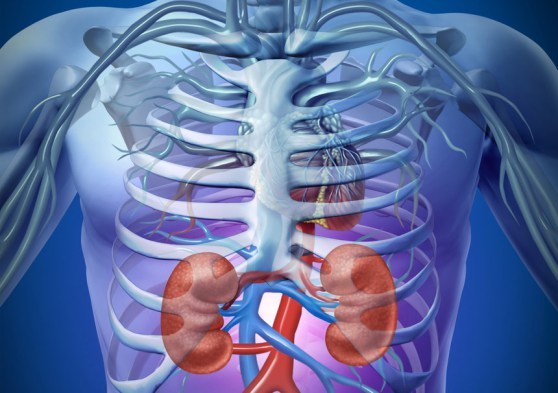|
By Alex Bernstein
In the United States alone, there are currently over 100,000 people waiting in line for a donor kidney. While dialysis machines can perform the essential functions that those with advanced kidney diseases so desperately need, only a new donated kidney can prove to be a permanent solution. Sadly, with the dearth of donors, the wait proves too long for many. Now, however, thanks to groundbreaking efforts by Dr. Harold Ott and his team of researchers at the Massachusetts General Hospital, the wait may soon be over. By as early as 2008, Dr. Ott and his colleagues developed a method for stripping clean the organs of recently deceased individuals with the help of a detergent solution, followed by using a patient’s stem cells to rebuild the organ. Dr. Ott explains that the process allows them “to preserve the blueprint of the organ” while washing it empty of the donor’s cells. The organ becomes “a mere shadow of the original tissue,” he continues. By getting rid of the old cells and replacing them with those of the receiving patient, this procedure allows for the creation of an organ that, essentially, is already the receiving patient’s – the procedure avoids the risk of rejection since the tissue is no longer foreign. Yet, up until quite recently, researchers struggled to create functioning organs as they found it quite difficult to get the new cells into the right spots. Finally, after much experimentation, Ott and his team found the working formula: a pressure gradient that essentially sucks the new cells into their appropriate positions. The first tests of these organs were performed in vitro, as the scientists took prepared rat livers and placed them into body environment simulating chambers which included all of the necessary nutrients that would be found in a real mammalian system. Remarkably, after just a few days of growth, the engineered tissues began to make rudimentary urine. Ott and his team finally succeeded at creating functional kidneys. Excited by these results, the researchers at the Massachusetts General hospital moved onwards with their experiments, placing the organs into an animal model. The successful transplantation of these organs from the bioreactor into the rats was a leap forward for the entire field. “The reason why I’m most excited about this recent publication is because it shows the platform character of this technology,” explains Ott. What’s so great about this procedure is that it is by no means limited to kidneys. “The technology can be applied to any tissue, any organ, that can be perfused by its own vascular system,” the lead researcher notes. Although human trials are still quite a way down the road, the impact of this work suggests a bright future in the field of organ engineering.
0 Comments
Leave a Reply. |
Categories
All
Archives
April 2024
|

